Cole Eye Institute imaging specialists are equal parts technician, artist and diagnostician
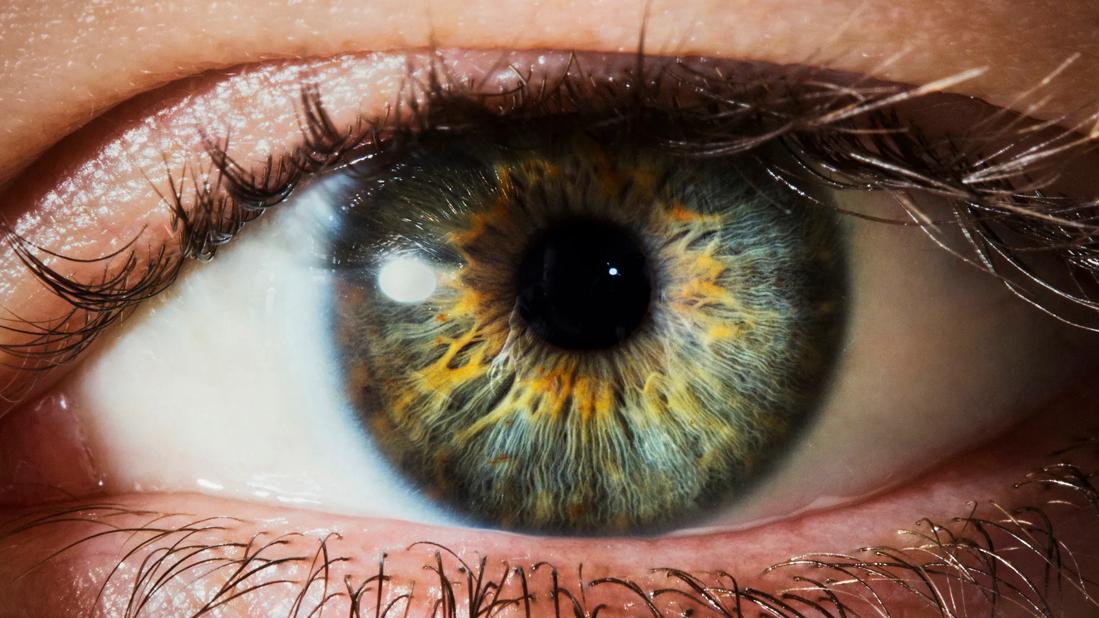
Part technician, artist and diagnostician, ophthalmic imaging specialists have risen in prominence at Cleveland Clinic Cole Eye Institute. In the 1990s, the percentage of Cole Eye Institute patients requiring imaging was about 5%. Today, it’s more than 50% — which explains why Cole Eye Institute accounts for the most clinical images captured at Cleveland Clinic outside of the Imaging Institute. The number of eye images is on track to total nearly 180,000 in 2023.
Advertisement
Cleveland Clinic is a non-profit academic medical center. Advertising on our site helps support our mission. We do not endorse non-Cleveland Clinic products or services. Policy
Ophthalmic imaging — including anterior- and posterior-segment photography, fluorescein and indocyanine green angiography, B-scan ultrasound, and ultrasound biomicroscopy — has become essential for diagnosis in modern ophthalmology. That’s the reason imaging specialists will be integrated with care teams in the new Cole Eye Institute building, moved out of their designated space in the current building to be closer to patients.
“We used to be called ‘ophthalmic photographers,’” says Brandy H. Lorek, one of the 14 imaging specialists at the Cole Eye Institute and manager of the department. “Now, many of us do more than photography and have certifications in different types of imaging.”
It’s not a well-marked (or widely traveled) career path, she says. Few universities offer degrees in ophthalmic imaging. Most specialists fall into the career unexpectedly and learn on the job, with disciplines and techniques passed on similar to an apprenticeship.
After earning a bachelor’s degree in biology, Lorek worked in an ocular oncology lab at Bascom Palmer Eye Institute. A clinician researcher there suggested she pursue mastering ophthalmic ultrasound. She began studying under another ophthalmic echographer and became certified by the International Joint Commission on Allied Health Personnel in Ophthalmology.
“There’s no school or certification for most ophthalmic imaging skills,” she notes. “You need to learn the practices from someone else.”
Using the imaging instrument is only half the job. The other half is understanding disease processes.
Advertisement
“Ophthalmic imaging specialists pay extremely close attention to detail,” says Lorek. “We know what to look for in certain eye diseases, and we do imaging with that knowledge. That’s what separates us from someone just taking pictures. We know what ophthalmologists are trying to see, so we know what to capture to help them diagnose or rule out a disease.”
The more academic knowledge you have in the field of ophthalmology, the better imaging you can capture.
“I can teach someone to use a camera in one day, but that doesn’t make them an imaging specialist,” says Lorek. “It’s easy to image the back of an eye but miss all the pathology.”
Expert imaging is especially important at the Cole Eye Institute, where medical teams routinely encounter patients with severe, advanced, rare or even unique eye conditions.
“Patients travel to us from out of state for diagnoses that sometimes require a high-quality fluorescein angiogram or other specialized imaging,” says Lorek. “We’ve seen some amazing things.”
Below is a collection of notable images captured by Cole Eye Institute ophthalmic imaging specialists.
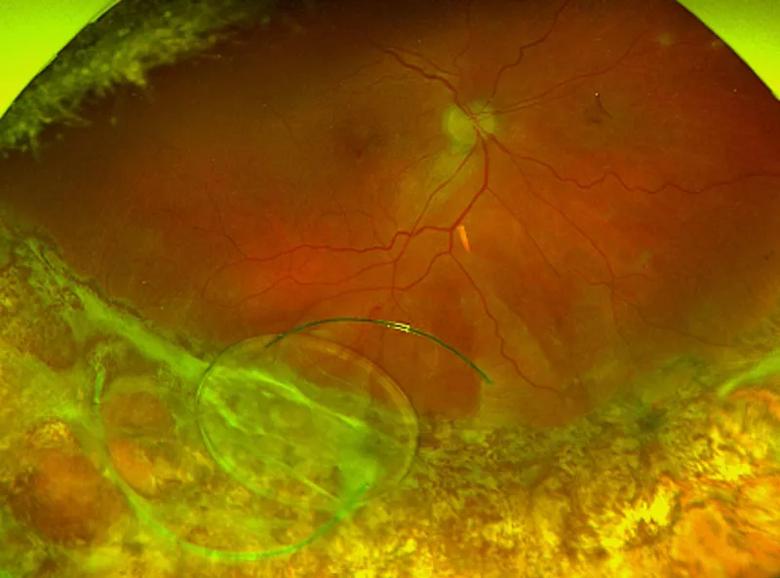




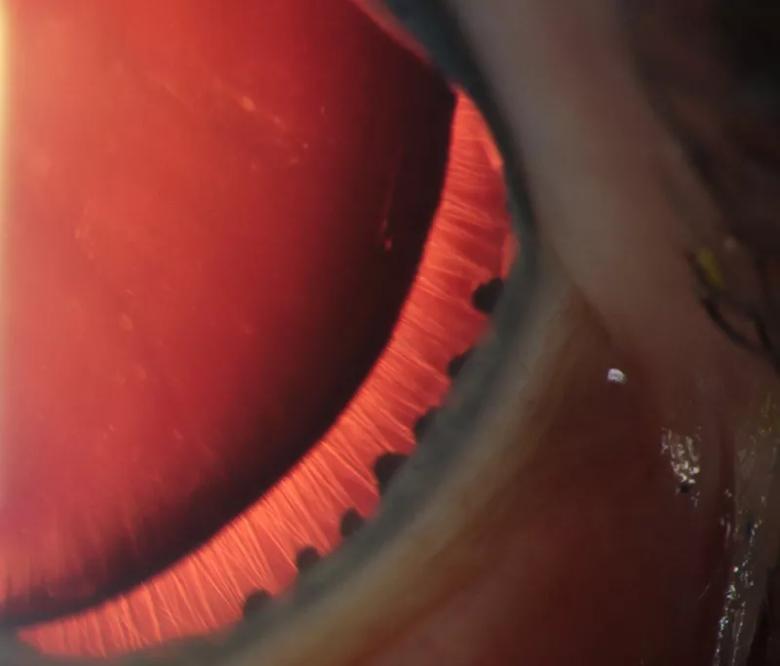
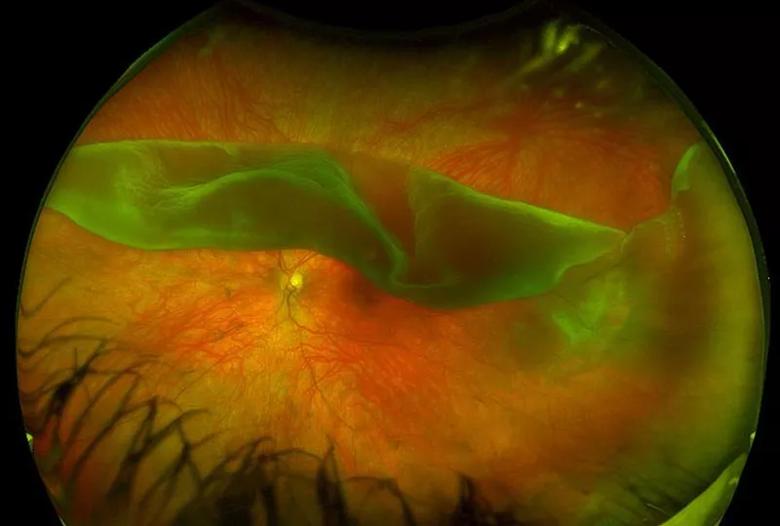
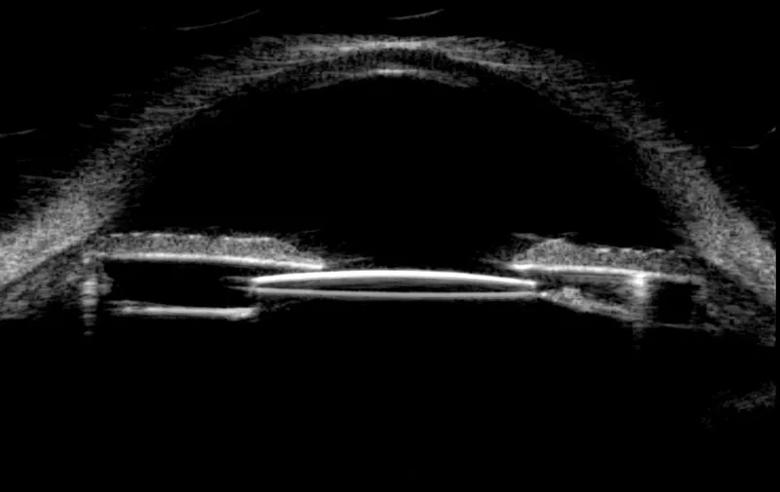
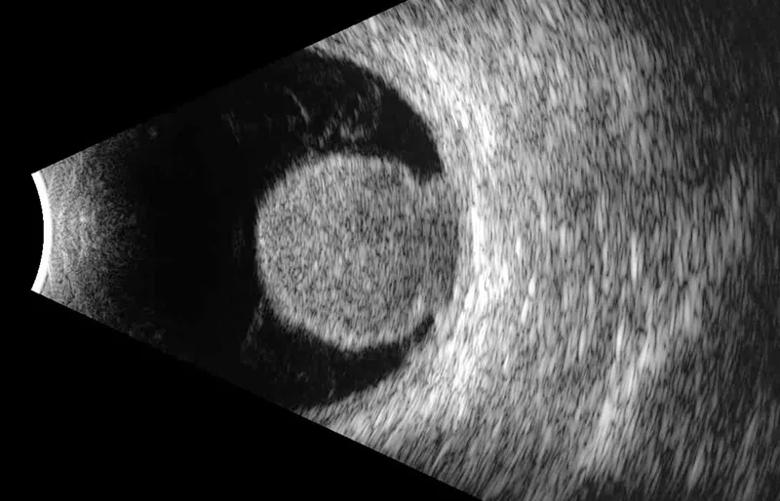

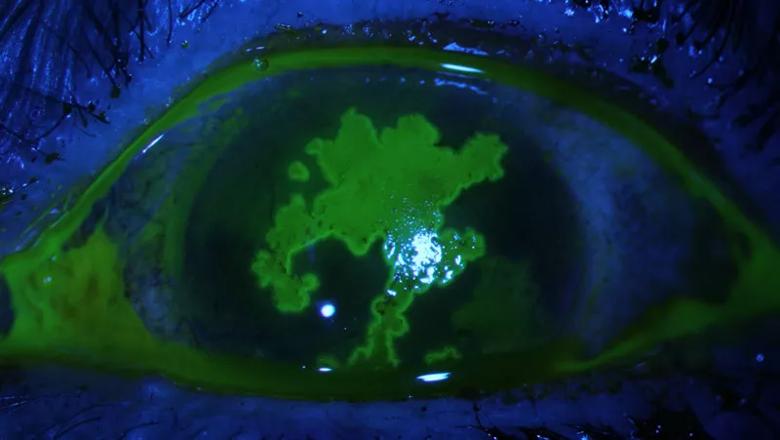
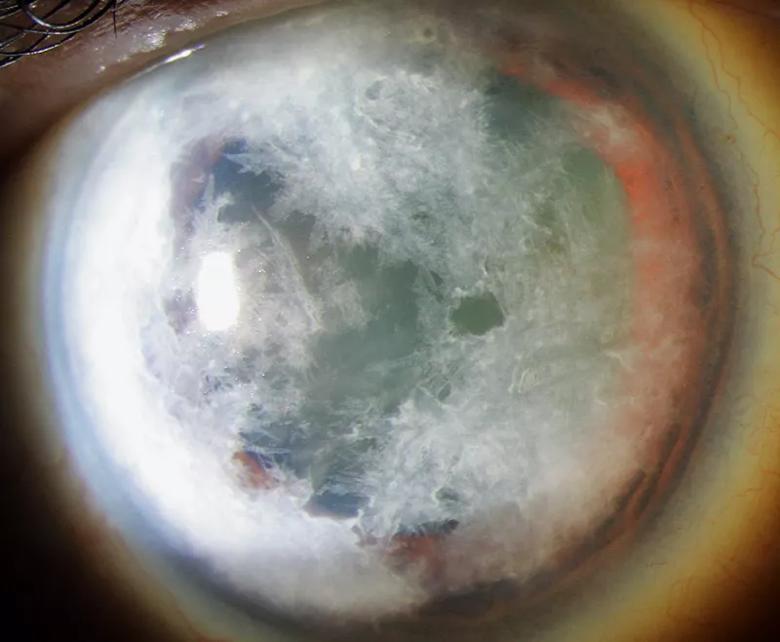
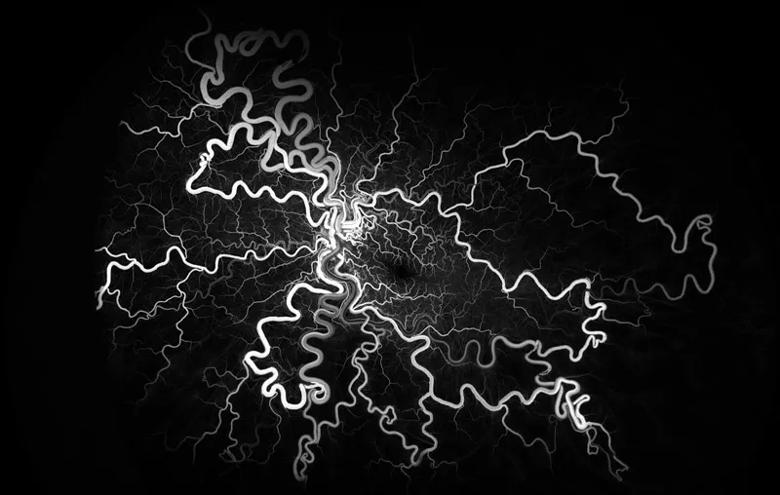

Advertisement
Advertisement
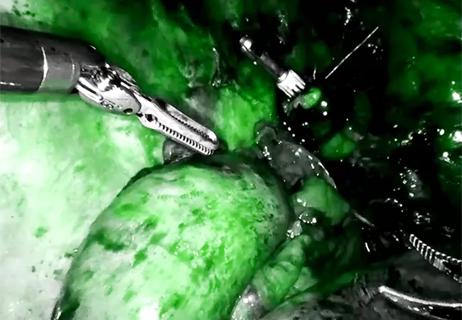
Imaging dye enables vascular assessment to promote procedural precision and safety

A look at emerging technology shaping retina surgery

A multitude of subspecialities offer versatility, variety

Consider this rapidly changing, cutting-edge specialty
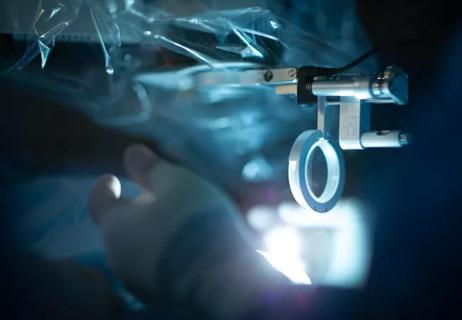
Corneal imaging and interpretation play a major role
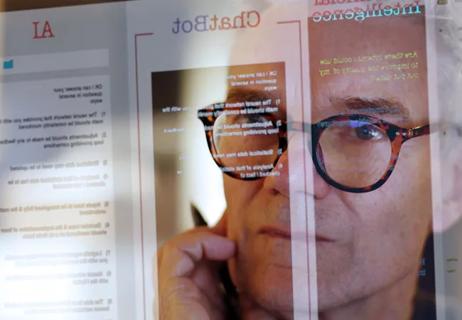
30% of references generated by ChatGPT don’t exist, according to one study
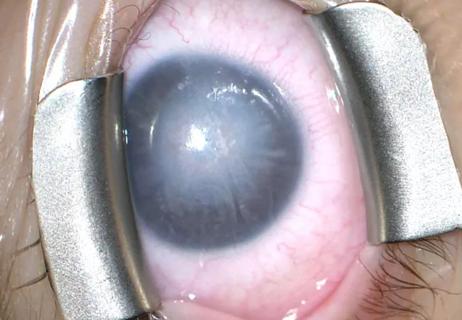
Novel use of tPA reduces fibrin response in the eye

Registry data highlight visual gains in patients with legal blindness